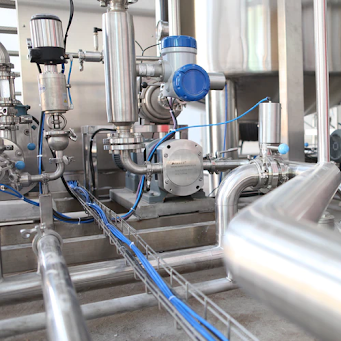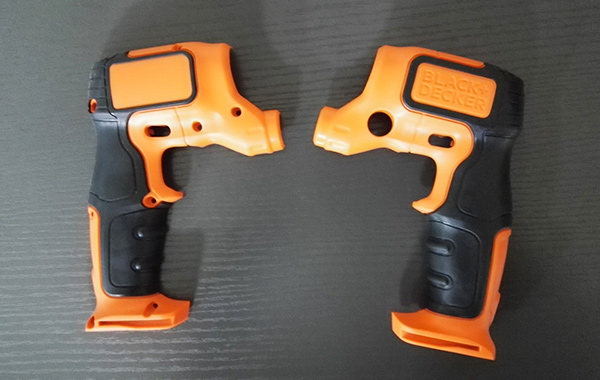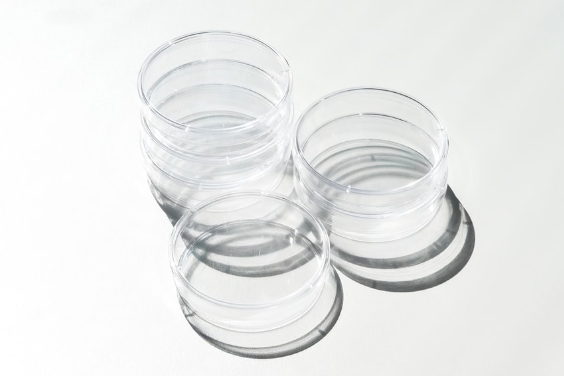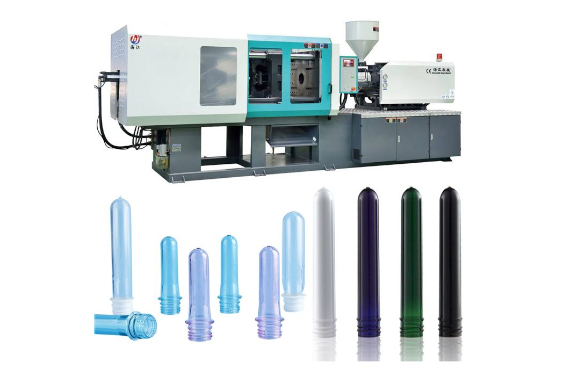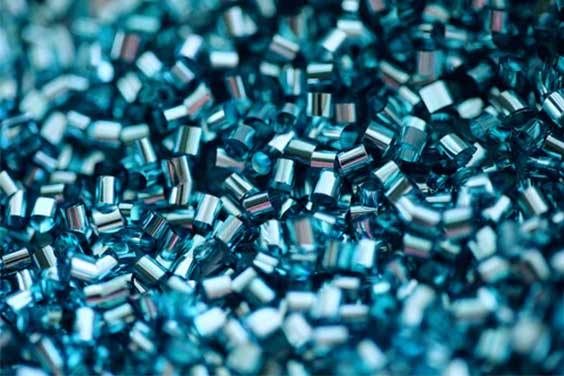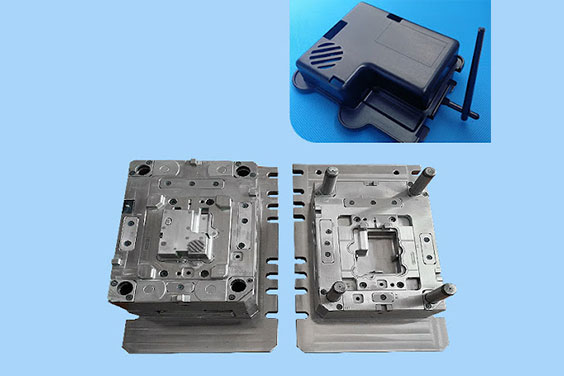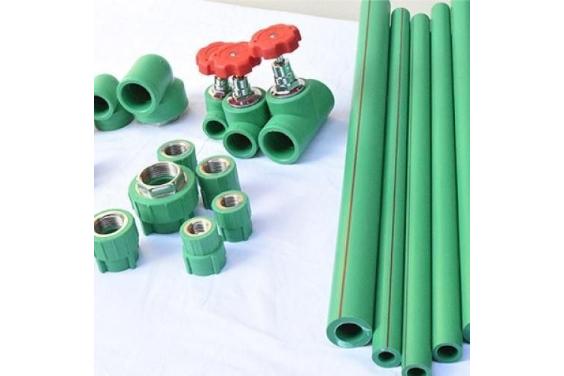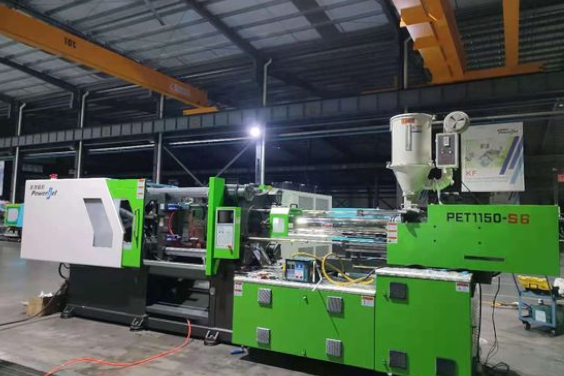Source:
There are many forms of technology in the world today. These advancements help make life a little bit easier by doing most of the work. Technological advancements have challenged many inventors, and precision injection molding machines are at the forefront of these developments in the molding sector. Several manufacturers are embracing the idea of incorporating these technologies into their operations, like the CNC and EDM machines, to give them an edge over their competitors.
However, not many manufacturers achieve precision in their production. This post highlights the secrets of fulfilling precision injection. Read on.
What is Precision Injection?
Source:
https://www.pinterest.com/pin/776448792009121916/
Precision molding injection is a type of injection molding where it requires sophisticated machines and techniques to achieve. The process is only done for some parts that need a high precision to replace metal parts. These plastic parts are usually complex and can only be achieved by a precision machine and a highly qualified operator. Also, the process is quite costly compared to the regular injection molding process.
It is not easy to fulfill precision in all your products because the process demands a lot. However, it is still possible to manufacture products that have the highest precision using precision injection machines.
Injection Molding Plastic
Source:
https://www.pinterest.com/pin/417286721715754320/
Injection molding is a manufacturing method that started ages ago; American inventor John Hyatt and his brother Isaiah Hyatt invented the plastic injection machine to create billiard balls from plastic. It was an unusual idea to try since everybody was used to the balls being made from ivory. The two brothers were successful in their attempt leading to the recognition of their outstanding machine. Ever since then, the plastic injection molding process has evolved to include modern machinery.
Injection molding is making plastics by melting plastic pellets and injecting them into a metal mold cavity. The process is done under high pressure to ensure the plastics don’t solidify before fitting in the cavity properly. The cavity determines the shape of the final product; hence a lot of work is put into its manufacturing. The thermoplastics preferred for this process are polyethylene, either high-density or low-density, polyamide, polycarbonate, polypropylene, polystyrene, polyvinyl chloride, etc.
The mold in this process is a vital tool. Every caution is taken when making it as it is the foundation of the whole process. Any defects in the mold will lead to losses of time, money, and raw material because the products will also be defective. Injection molding plastic is usually a high-quality manufacturing process with accuracy in production. However, for precision injection, the accuracy levels shoot to the highest standards. Since precision injection produces plastic parts that replace metal parts, the process needs to be top-notch while the machining needs to be advanced to achieve it.
Precision Injection Molds and Components
Source:
https://www.rydtooling.com/wp-content/uploads/2019/12/s02-Plastic-injection-mold-img.jpg
Normally, the mold in any molding process is built with the highest level of accuracy. In precision injection, it is no different; the mold is still regarded as the backbone of the operation. A precision injection mold is a mold used in precision molding. While constructing the mold, there are various factors to remember; they are as follows;
- The mold cavity: the mold cavity carries the secret of fulfilling precision injection in that the size, the precision of the parting surface, and the correct cavity placement will determine if you will achieve precision. The mold cavity needs to meet all the specific requirements, from minute details to obvious ones.
- Material choice: choosing the appropriate material for the mold is another way of fulfilling precision injection. The best mold material is alloy steel; this is because alloy steel has impressive features such as strength, wear resistance, and corrosion-free. Additionally, steel alloy has the best tolerance to temperature.
- Mold thickness: cavity walls, supporting & bottom plates, and other cavity components must adhere to the required thickness to promote precision.
- Mold design: designing is not an easy feat, and the best design engineers need to take charge to create the perfect precision injection mold.
The mold has some components that promote its function; they are;
- Clamp plates: they attach the two halves of the mold to the molding platen by using bolts.
- Nozzle (sprue bushing): it is the passage of the molten plastic into the mold cavity.
- Feed system: it is how the liquid plastic passes from the injection machine to the mold cavity. The plastic passes from the nozzle to the sprue then to the runners will direct the liquid to the mold gates.
- Mold cavities: mold cavity is simply the space left when the two halves of the mold join. The cavity is where the molten plastic fills to form the product. Some molds have single cavities, while others have more.
- Cooling system: for parts to form, the hot liquid needs to cool and solidify. The cooling system is set around the mold to facilitate cooling. Water is used as the coolant, but in cases of very high temperatures, oil is utilized.
- Guide pins: these are pins that ensure there is proper alignment when closing the mold.
- Ejector system: consists of ejector pins and plates. Pins push the formed part from the mold, releasing it while the plates are the surface where the pins are mounted.
Precise Mold Testing and Engineering
Every machine passes through the testing and engineering departments to assess if they are in a good and functional state.
Precise Mold Engineering
Source:
https://www.rydtooling.com/wp-content/uploads/2020/01/s07-img-1.jpg
Mold engineering is the technique that takes place to ensure the mold is built and works properly. Mold-making begins with the client’s idea of what they want. The client will describe their project to you or come with a sketch/sample of their wants. As a professional, it is your job to remember every specific detail your client requested. Designing is the first step of realizing your client’s dreams.
Currently, there are several advanced techniques that help in design like prototyping, 3D machines, and high-precision CAD Software to ensure that every detail is captured. Precise mold engineering uses high-grade measures to determine if the design can produce a viable mold. One of these measures is the Mold Flow Analysis technology where viability and accuracy are inspected and analyzed. Also, they inspect whether the mold will be compatible with the raw material.
After the above step, production begins. At this stage, the molds are made with highly skilled mold makers who will execute the design flawlessly. CNC and EDM machines are always the first choice when making precision molds. These machines are reliable, durable, have a high tolerance, and work fast. Finally, you assemble the parts to form a complete mold. Mold parts are made separately, making it easier to polish each part for maximum effectiveness.
Precise Mold testing
Source:
https://www.rydtooling.com/wp-content/uploads/2020/01/s06-img3.jpg
Inspection of precision mold before shipment is an important initiative. There are some things to look for when testing a mold; they include;
- Inspect the appearance and dimensions: the following will guide you on how to inspect for appearance and dimension;
- Check if every component is numbered.
- There should be no sharp edges on the mold’s exterior.
- The size of the mold meets the customer’s expectations.
- Check if all the components fit well.
- Assess the ejector system
- You should correct any irregularly placed pins.
- Check if the ejector system works appropriately.
- Check the return springs.
- Ejector plates should be able to return correctly.
- Inspect the cold runner system
- The shape and size of the cold runner system must meet the client’s specifications,
- The nozzle’s internal surface should be polished.
- Runners should also be polished.
- Inspect the hot runner system
- Check for any exposed wires.
- All connectors must be marked.
- The wiring should match the design.
After inspection and you have ensured that everything is in the proper condition, do a test run. Your clients need to be present to witness the quality of the mold and how effective it is.
Precision Injection Molding Machine
Source:
https://www.rydtooling.com/wp-content/uploads/2020/03/p02-3-s04-img.jpg
Unlike regular injection molding, precision injection molding uses advanced machinery like CNC machines and EDM machines. Although the machine is similar to the normal one, it has additional features that make it work more efficiently by increasing its accuracy and minimizing its errors. Furthermore, precision injection molding machines also work with the same principles as regular molding machines. Since precision molding demands a high level of performance, the machines are preferably handled by professionals with vast experience in precision molding.
The process of using a CNC machine for manufacturing plastic products is known as polymer optics. It produces parts that have very complex shapes with geometrical lines perfectly in place. The precision molding process is run by machines where measurements and all the requirements are set, and the machine system directs the machine on what to do. These advanced technologies allow for various customization.
Precision injection molding machine has the following benefits;
- Using these machines permits a high level of complexity that would otherwise be impossible. It produces products that are very appealing.
- Plastics products produced via precision machining are durable and have great stability.
- If you want efficiency then look no further. Precision injection machines are known to be the best in molding processes preventing material wastage and repetition of parts production due to defects.
- Although precision molding machines are expensive, once you start using them, they will bring in more income making them cost-effective in the long run. Moreover, since the machines are automated, labor costs will greatly reduce.
- Precision machines can produce a large number of products effectively without compromising on quality.
Conclusion
In summary, the secret of fulfilling precision in your production is to first invest in a quality precision machine line. From there, ensure your mold-making skill is top-notch since molds impact the final look of the product. Moreover, the raw material used should also be of quality, whether plastic material or mold material. Additionally, always assess and test your products before shipments.
Finally, choose the best precision injection molding manufacturer to partner with, like RYD Tooling. We are dedicated to serving you with whatever you require. Get in touch with us to witness our incredible work. Don’t be left out.

